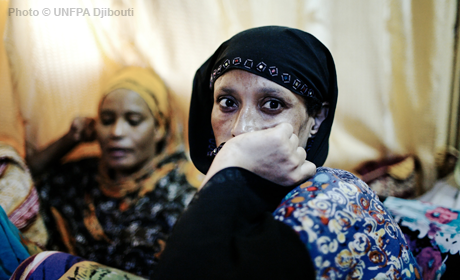-
Country Pages
-
Asia & the Pacific
- Afghanistan
- Bangladesh
- Bhutan
- Cambodia
- China
- India
- Indonesia
- Iran, Islamic Republic of
- Lao People's Democratic Republic
- Malaysia
- Maldives
- Mongolia
- Myanmar
- Nepal
- Pakistan
- Papua New Guinea
- Philippines
- Sri Lanka
- Thailand
- Timor-Leste
- Viet Nam
-
Eastern Europe & Central Asia
- Albania
- Armenia
- Azerbaijan
- Belarus
- Bosnia and Herzegovina
- Georgia
- Kazakhstan
- Kosovo Office
- Kyrgyzstan
- Moldova, Republic of
- North Macedonia
- Serbia
- Tajikistan
- Türkiye
- Turkmenistan
- Ukraine
- Uzbekistan
-
Arab States
- Algeria
- Djibouti
- Egypt
- Iraq
- Jordan
- Lebanon
- Libya
- Morocco
- Oman
- Palestine
- Somalia
- Sudan
- Syrian Arab Republic
- Tunisia
- Yemen
-
East & Southern Africa
- Angola
- Botswana
- Burundi
- Comoros
- Congo, the Democratic Republic of the
- Eritrea
- Eswatini
- Ethiopia
- Kenya
- Lesotho
- Madagascar
- Malawi
- Mauritius
- Mozambique
- Namibia
- Rwanda
- Seychelles
- South Africa
- South Sudan
- Tanzania, United Republic of
- Uganda
- Zambia
- Zimbabwe
-
Latin America & the Caribbean
- Argentina
- Bolivia, Plurinational State of
- Brazil
- Chile
- Colombia
- Costa Rica
- Cuba
- Dominican Republic
- Ecuador
- El Salvador
- Guatemala
- Haiti
- Honduras
- Mexico
- Nicaragua
- Panama
- Paraguay
- Peru
- Uruguay
- Venezuela, Bolivarian Republic of
- Caribbean (multi-country)
-
West & Central Africa
- Benin
- Burkina Faso
- Cabo Verde
- Cameroon
- Central African Republic
- Chad
- Congo
- Côte d'Ivoire
- Equatorial Guinea
- Gabon
- Gambia
- Ghana
- Guinea
- Guinea-Bissau
- Liberia
- Mali
- Mauritania
- Niger
- Nigeria
- Sao Tome and Principe
- Senegal
- Sierra Leone
- Togo
-

UNFPA Djibouti
Listed as one of the world’s least developed countries on the Human Development Index, Djibouti has seen a dramatic increase in poverty in recent decades. Health system weaknesses, however, have not prevented improvements in reproductive health (RH). Maternal mortality has declined and HIV prevalence has stabilized. Progress has come by expanding quality RH services, a move backed by UNFPA since 1995. Assistance today focuses on generating high-quality evidence to inform public policies, expanding services to vulnerable populations, providing integrated support to survivors of gender-based violence, and engaging religious leaders in promoting reproductive health and rights.
Population
 Population aged 0-14
Population aged 0-14 Population aged 15-64
Population aged 15-64 Population aged 65+
Population aged 65+
Sexual and reproductive health
 Births attended by skilled health personnel
Births attended by skilled health personnel
Family Planning
 Modern method
Modern method
Education
Gender, Rights, and Human Capital
Harmful Practices
Emergency obstetric and newborn care
Adolescent-friendly Sexual and reproductive health services
Midwifery curricula: inclusion of special needs
Sexual and reproductive health indicators available
Rights of marginalized groups
Life skills programmes for girls
64Female genital mutilation
632News
Women leaders in Djibouti speak out against gender-based violence and harmful practices
DJIBOUTI CITY, Djibouti – “There are so many young girls who get pregnant and have hidden, illegal abortions. Young…
Pregnant in a city under siege: Yemeni refugees find safety and maternal services in Djibouti
Four months pregnant and living amidst constant shelling and airstrikes, Jamila decided she had to flee her home in…

